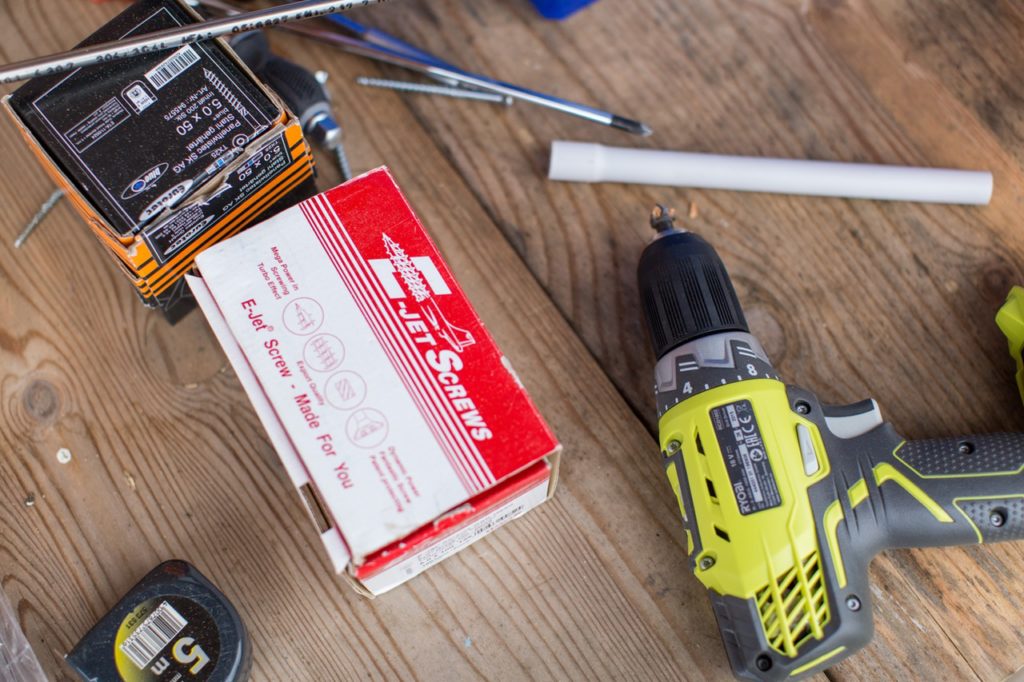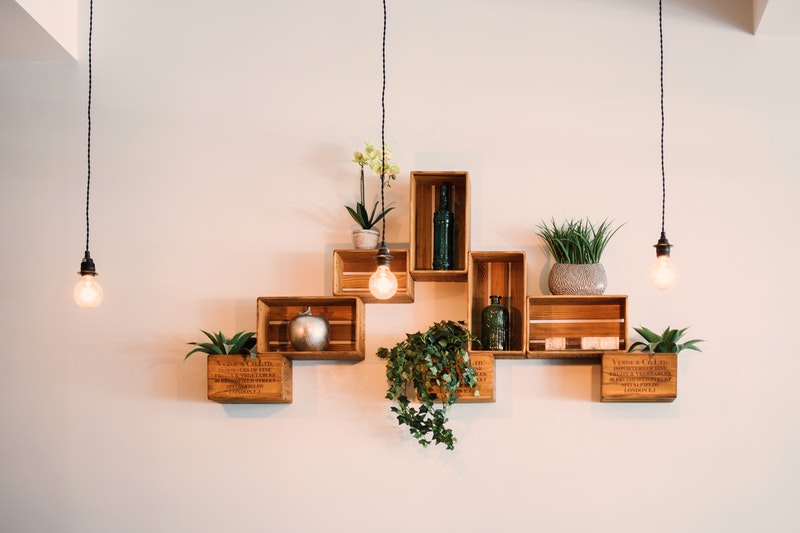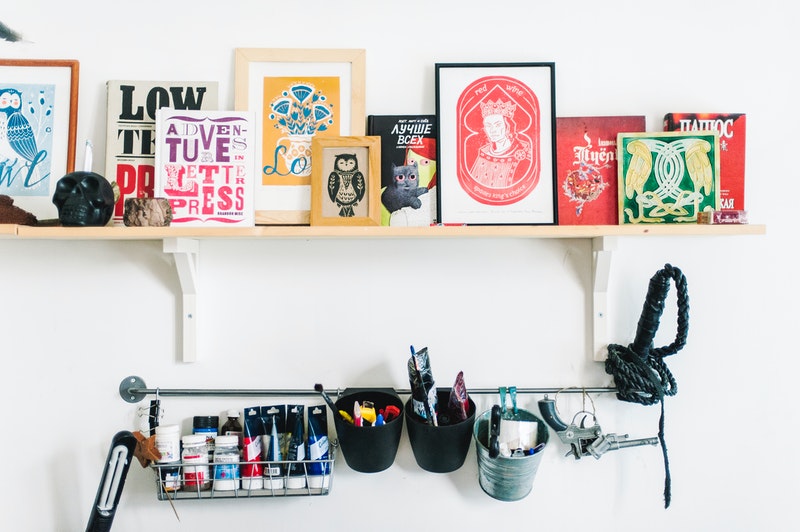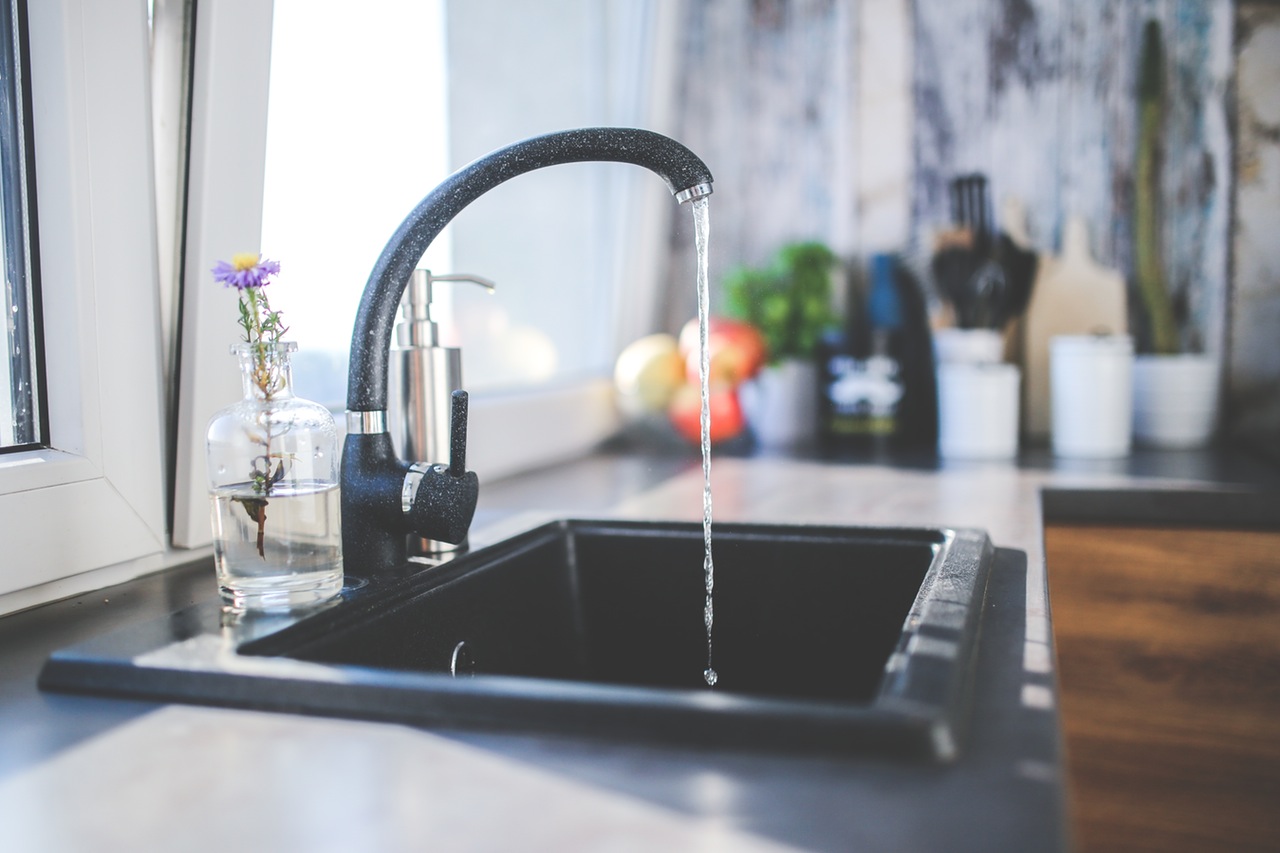10 Safety Tips for injury-free DIY
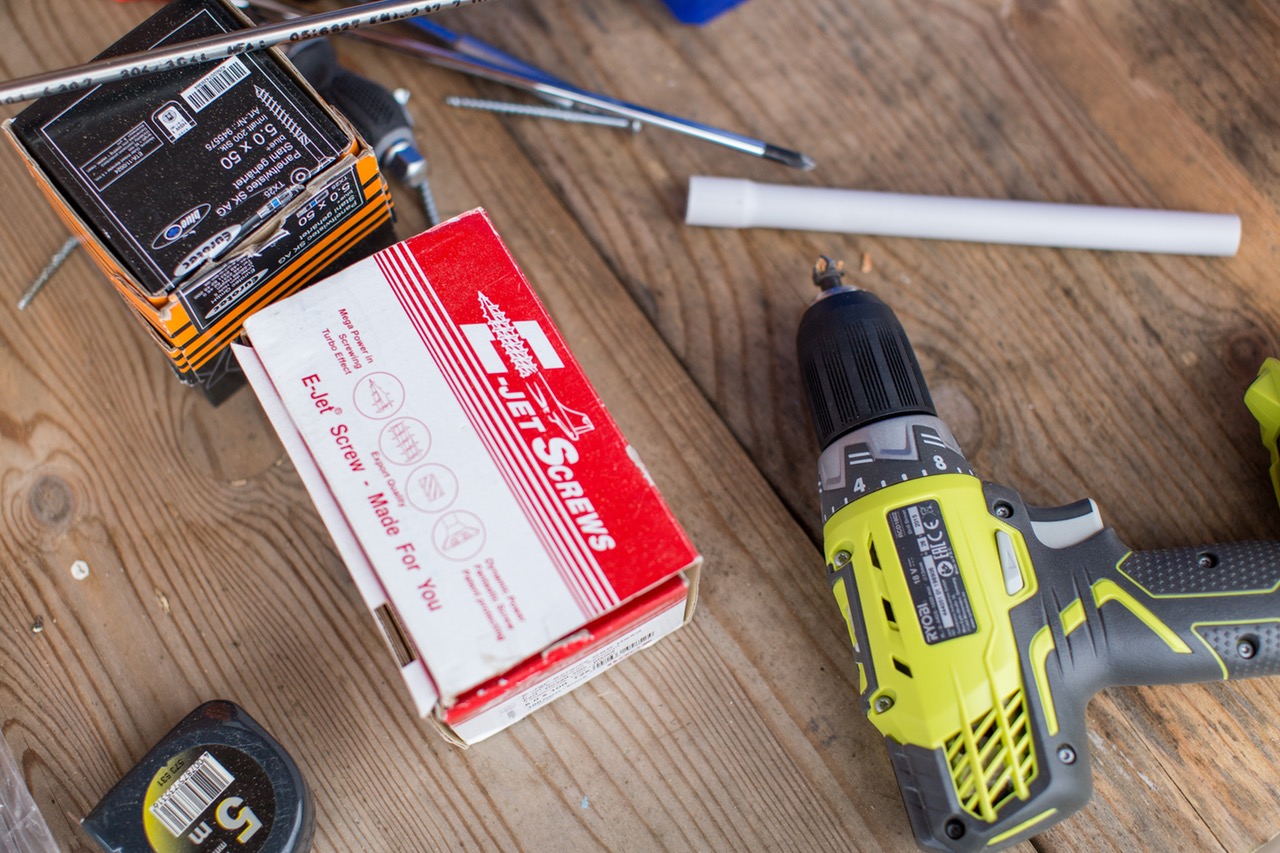
With the weather getting better you might be considering doing some upgrades to your home or garden this Summer, but did you know that more than 200,000 people go to A&E in the UK each year after being injured doing DIY, maintenance or gardening at home? Shockingly there are around 5,000 deaths as the result of a home accident so make sure you take the time to ensure you are safe!
Ladders were to blame for around 7,000 people being admitted to hospital in 2013/2014 with an estimated 4,000 admitted following accidents involving furniture. Accidental poisoning and exposure to harmful substances made up around 3,000 hospital visits in the same period. The Royal Society for the Prevention of Accidents states that the two of the biggest factors in DIY accidents causing death and injury are over-ambition and lack of knowledge.
If you really want to get some DIY done this Summer, don’t panic. There are some simple rules to follow to make sure you and your family will be safe. Here are my top 10 safety tips for injury-free DIY.
- We already know that being over-ambitions can be dangerous so if you’re planning on doing a job which should require a competent, qualified tradesman then don’t do it yourself! Anything involving gas or electrical work should be referred to a professional. Simple things, such as replacing fire door handles or replacing a light, however, should be fine.
- Keep children and pets safe when you’re undertaking a project; keep them far away from DIY areas which could harm them.
- Think ahead! Make sure you have appropriate clothing such as safety workwear for tough jobs or those requiring power tools. Essentials include safety goggles, gloves and dust masks when working with potentially hazardous materials such as glass or spray paint.
- Always wear sturdy shoes when mowing the lawn and keep your feet and hands well away from the mower blades!
- Tools can only work safely if they are well looked after so keep them clean and in good condition. Be sure to give each one a quick look over before you use it. It is worth investing in high-quality equipment as this will be safer and will probably do the job quicker.
- Tools often come in protective packaging to ensure safe transport, I recommend keeping your tools in their original containers which will keep them secure during storage.
- When you are not using electrical appliances and tools make sure you stop and unplug them to make them safe.
- Low shelves and pots on the floor can be enticing for children. Place all tools, paint and chemicals out of the reach of children while in use, or in storage.
- It should go without saying that you should take extra care with sharp cutting tools, never use them when you are in a rush, always cut away from you and make sure to cover or store blades when not in use.
- If you are using adhesives in your DIY follow the instructions very carefully, especially the instant type as you don’t want to end up going to A&E to have something unglued from your hand!
For more advice see the Royal Society for the Prevention of Accidents website.
